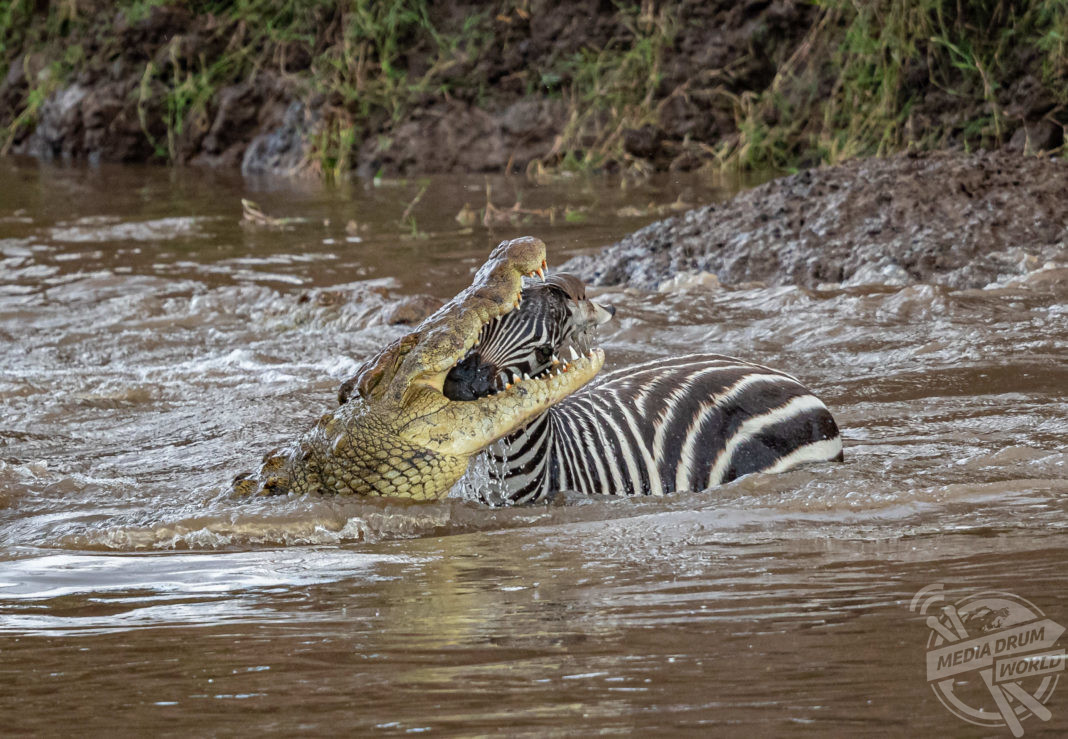
By Alex Jones
AN ASTONISHING photo of a deadly attack captures a baby zebra’s FACE staring desperately towards the camera as its head is locked in the jaws of a ravenous crocodile.
Brutal images show the zebra’s foot being chomped by the toothy reptile before the stripy foal is hauled into the water, the frenzied baby animal making a desperate last second dash for freedom as the croc loses its grip, and the huge crocodile biting the head of the zebra before dragging the beast to a watery grave.
The stunning encounter was snapped at Masai Mara National Reserve in Kenya during the recent Great Migration, where 2.5million wildebeest, zebra and antelope follow the rain across east Africa. Brazilian photographer Julius Dadalti (48) was left mesmerised by the savage mauling.
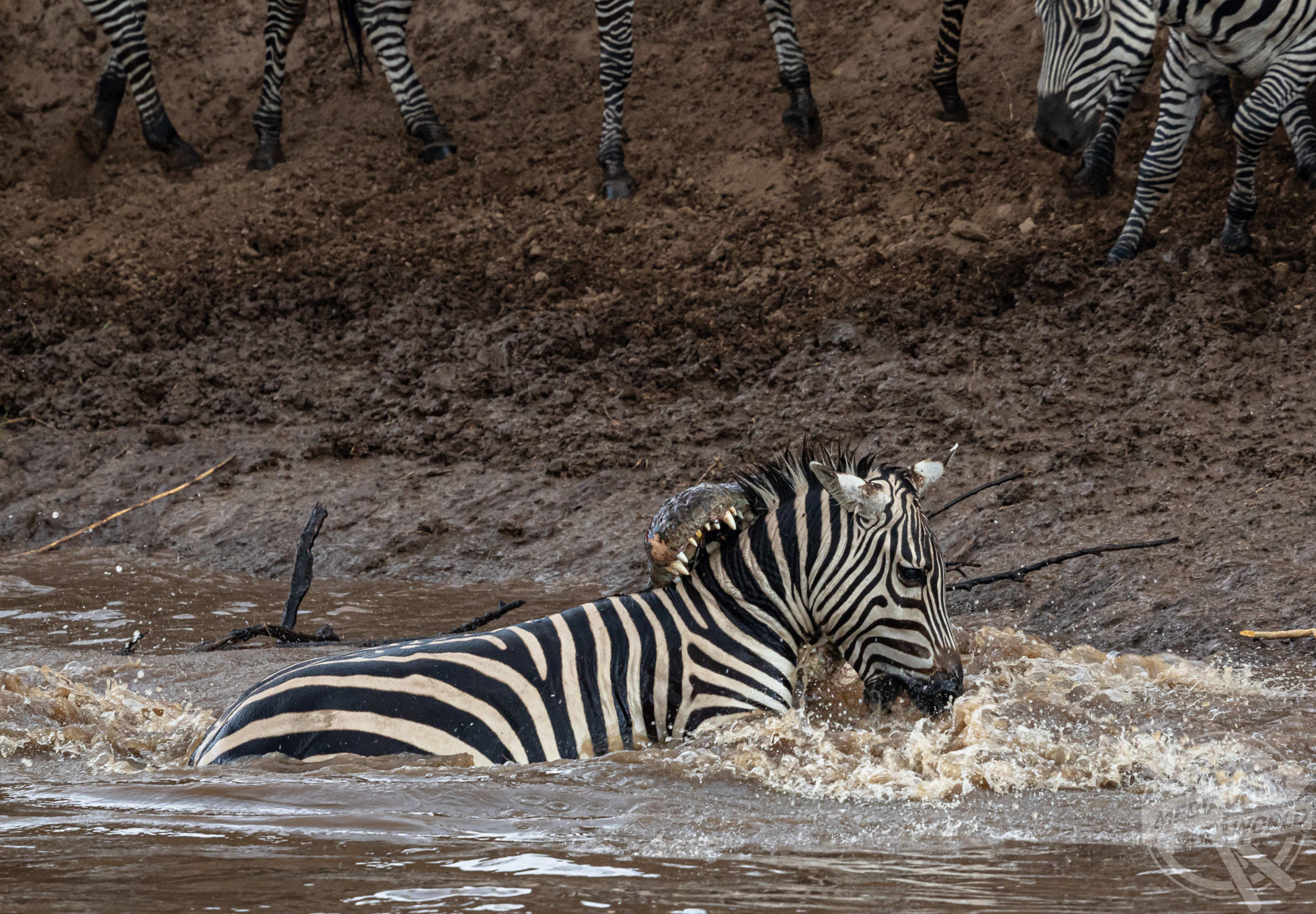
“It is very difficult to control your feelings when you’re an animal lover and you see such an horrific scenario – a mother watching her foal being eaten alive in front of her,” said Dadalti, who worked in the Brazilian Merchant Navy and police force before deciding to focus his career on wildlife.
“But photographers have to tell stories – both beautiful and deadly. Crocodiles sometimes don’t eat for months and this season is excellent to keep them strong and healthy. It’s Nature!”
The 1,800 mile migration is treacherous and an estimated 250,000 wildebeest do not safely reach their destination. Although many predators are lurking waiting for their next meal, it is often when crossing croc-filled rivers where the migrating herds are most vulnerable.
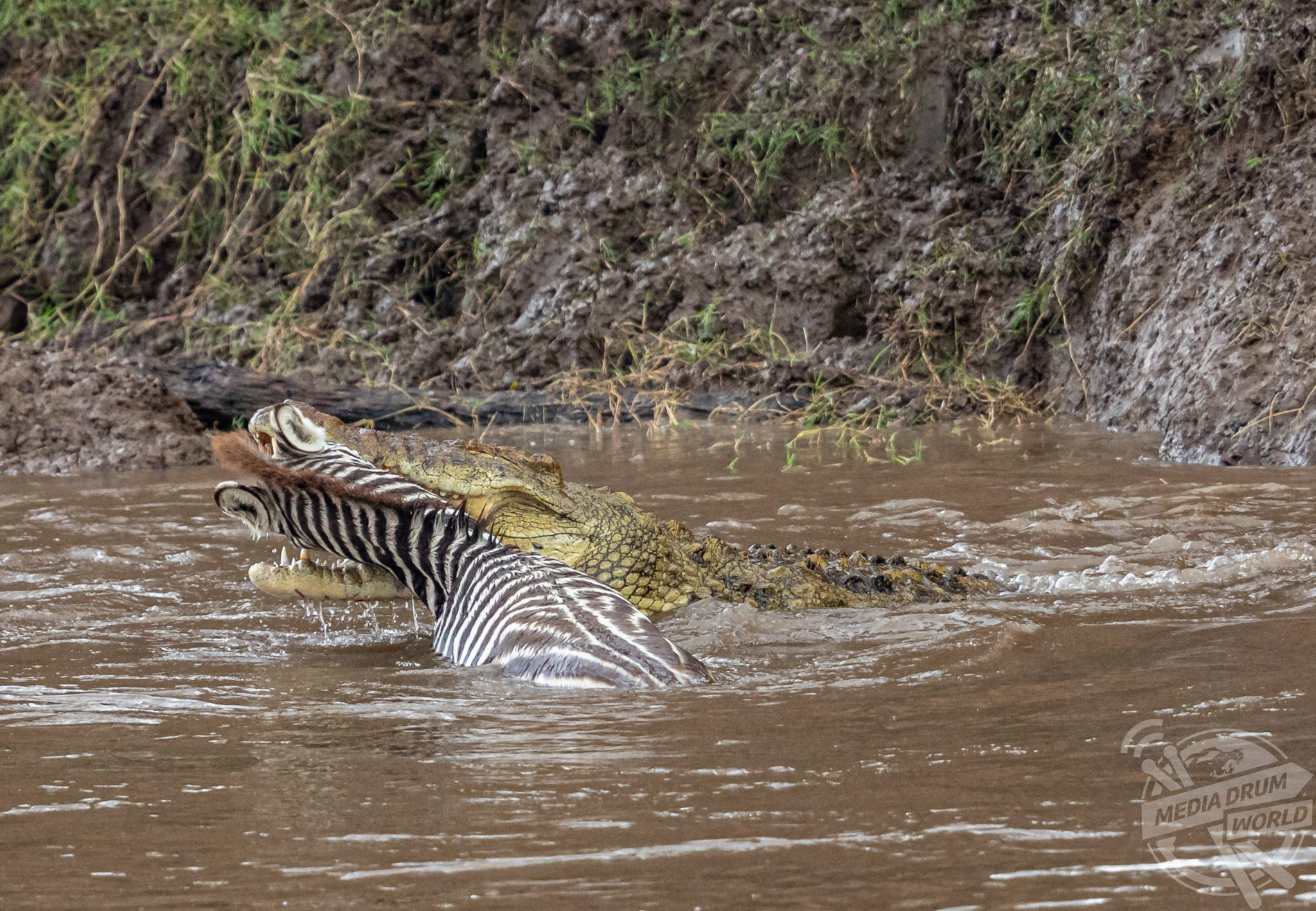
The best wildlife photos are usually taken during the height of the animals great journey. Too early in the season and the crocodiles are unlikely to have amassed in great enough numbers to guarantee a kill, and too late and many of the reptiles will be too full to attack all but the weakest of prey.
For Daldalti, capturing a great shot is reliant on many factors – practice, timing, respect, and a portion of luck.
“When you are in this game, nature comes first, not your shot,” explained the 48-year-old, who uses the Instagram handle @juliusdadalti
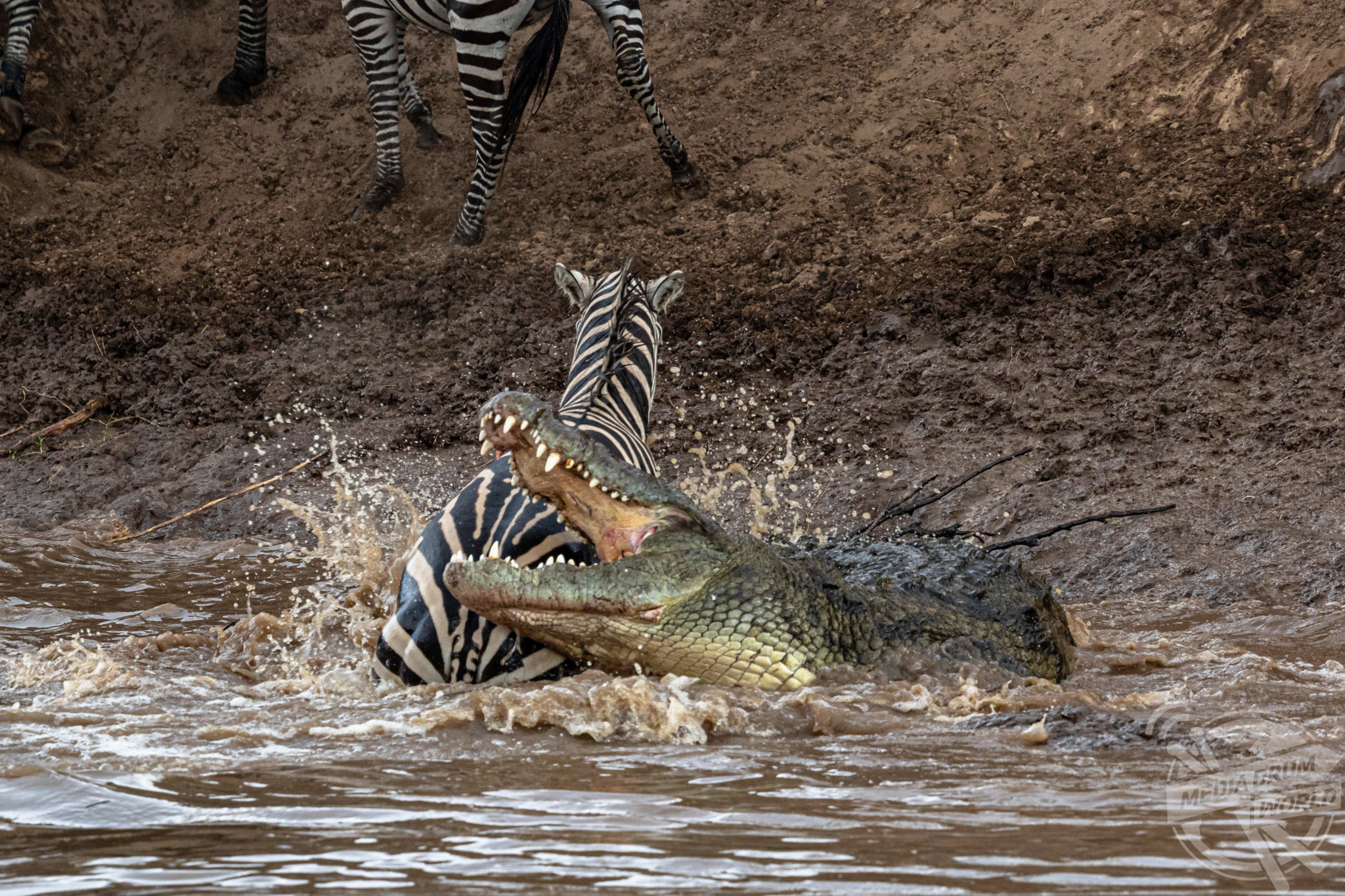
“Ethics and respect are essential. The animals are the bosses and we are just there to witness.
“It’s very difficult to take a great photograph. For me, it’s necessary to take countless photos, to study different techniques, respect the light and tell stories about the animal behaviour. When you get everything, you have a good shoot.
“You must be patient too. Sometimes you have to wait years for a great encounter.”
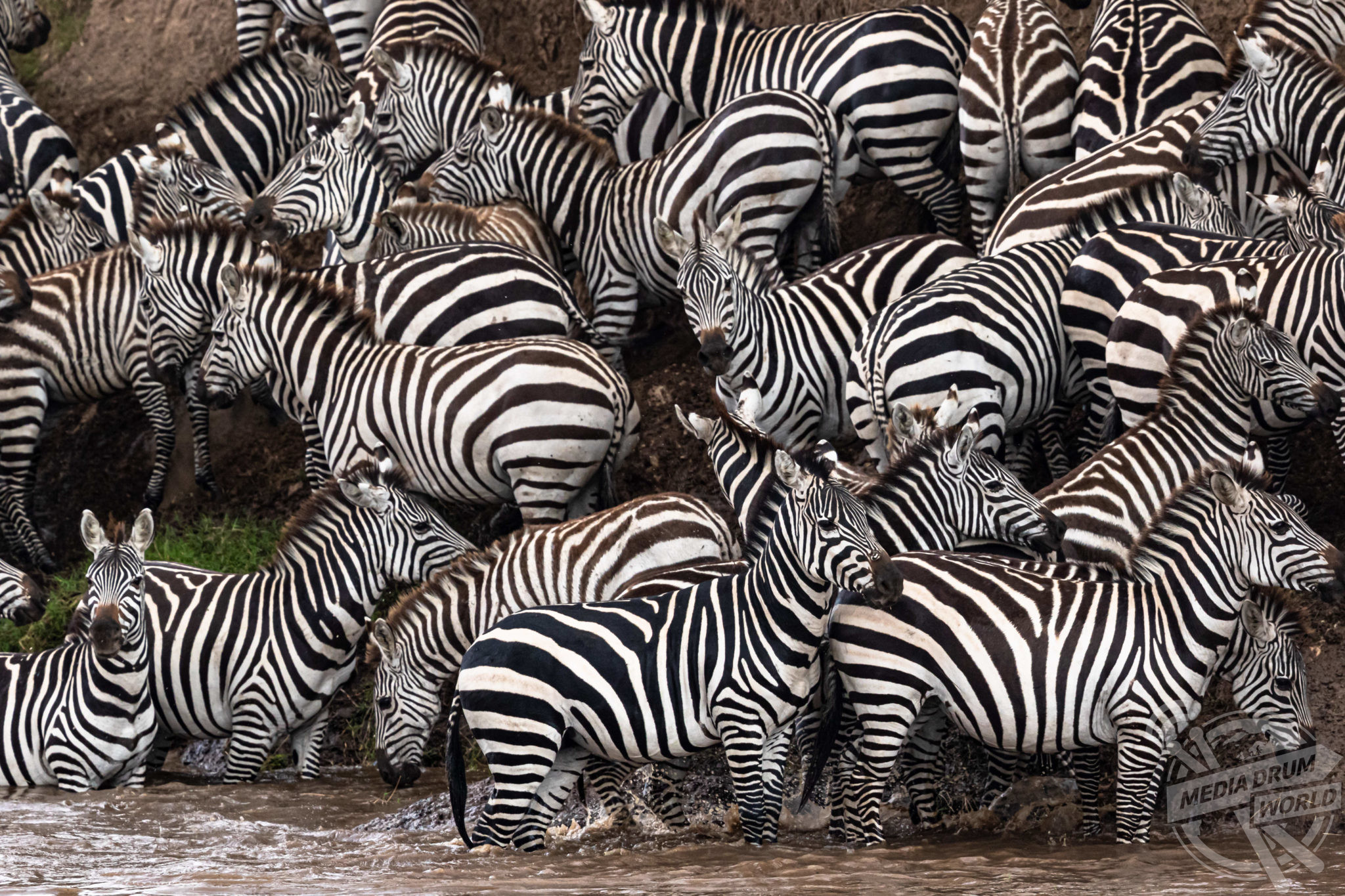
For more of Julius Dadalti’s work, please visit his Facebook page.






